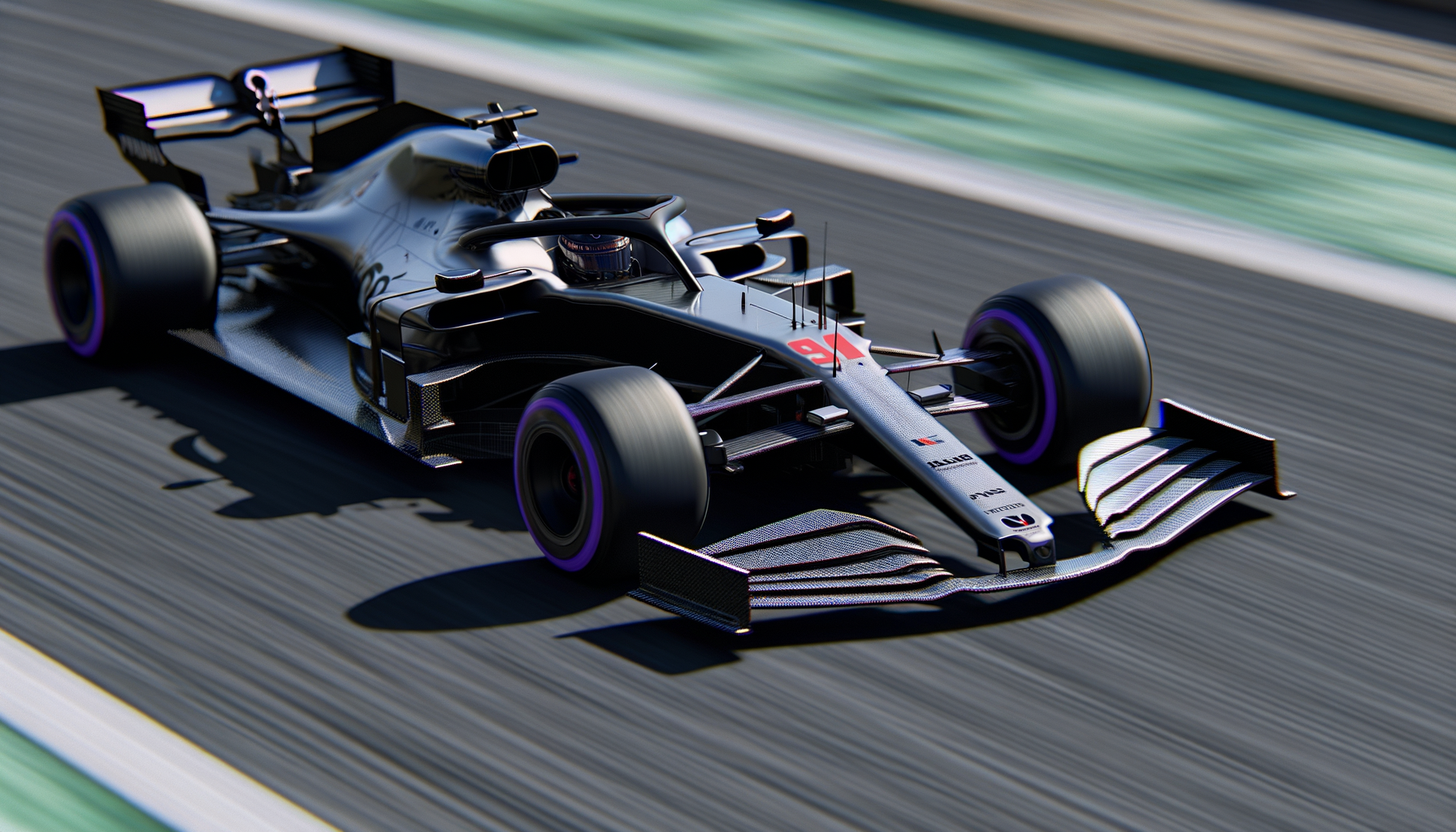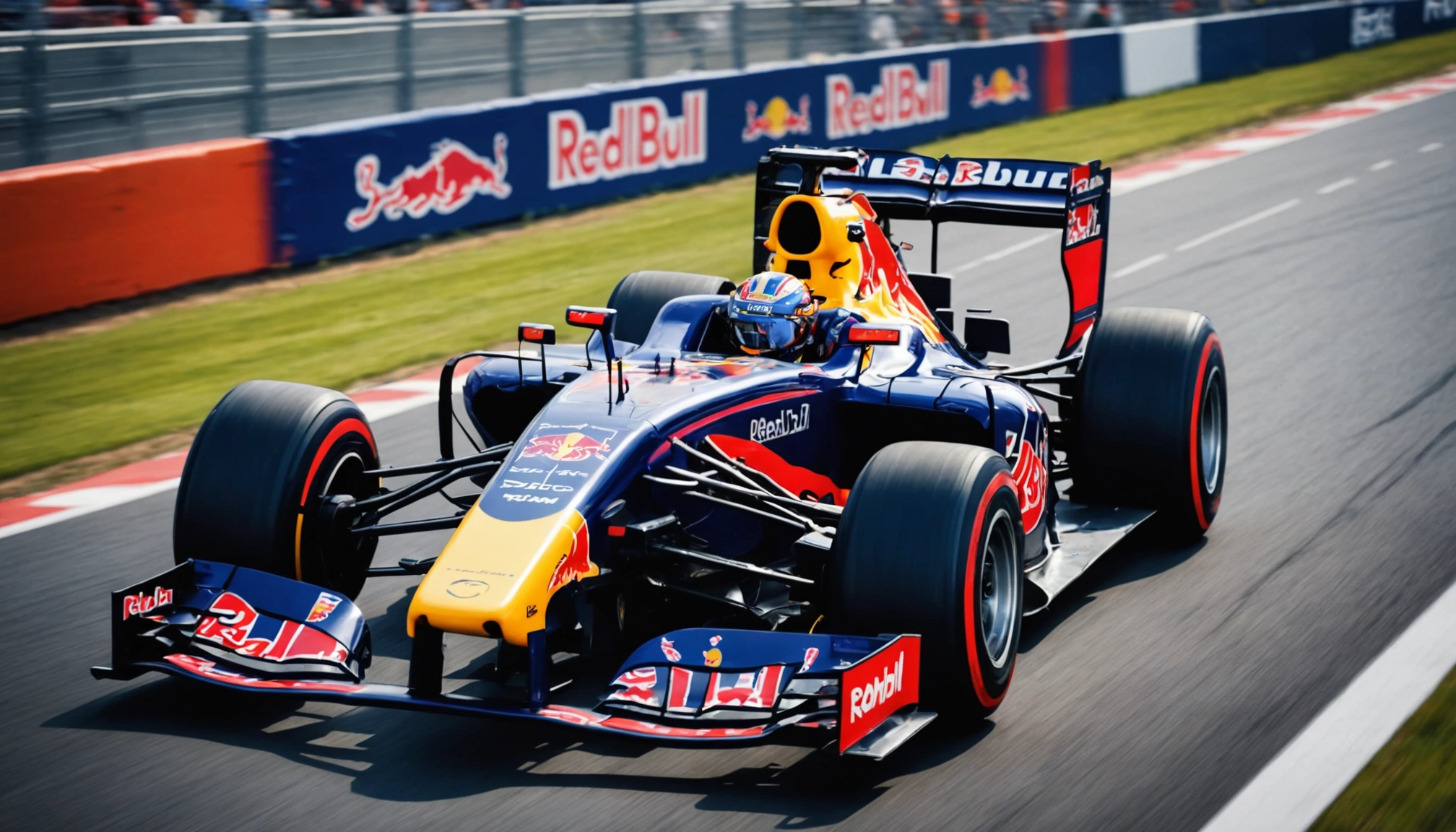Hamilton questions 2026 F1 rule changes amid bold engine plans
Lewis Hamilton voices doubts on 2026 F1 rules despite bold hybrid engines and sustainability goals. Explore new car designs, engine changes and racing implications.

By Editorial
Introduction to the 2026 Formula 1 regulations
The 2026 season promises to be a landmark year for Formula 1, with sweeping changes designed to make cars smaller, more agile, and environmentally sustainable. However, not all drivers are convinced the new rules will improve the sport. Lewis Hamilton has publicly questioned whether these changes represent the right direction for F1’s future, despite acknowledging the boldness of the new hybrid engines.
The governing body, the FIA, has laid out ambitious plans to reduce car weight, shrink dimensions, and increase electric power usage, all while pushing towards net-zero carbon emissions by 2030. This article delves into the specifics of the 2026 regulations, drivers’ reactions, and what it means for the sport’s competitiveness and sustainability.
Key changes to car design and aerodynamics
F1 cars from 2026 will be 30kg lighter, weighing in at a minimum of 768kg, and 10cm narrower at 190cm wide. Tyres will be adjusted too – front tyres will be 25mm narrower and rear tyres 30mm narrower, retaining the 18-inch wheel diameter introduced recently. The FIA’s focus is on creating a "nimble car" with enhanced handling characteristics.
Active aerodynamics will play a pivotal role. Instead of the current drag-reduction system (DRS), cars will feature front and rear wings that open on straights to reduce drag and close during corners to boost downforce. This dynamic system aims to improve racing by allowing cars to maintain higher speeds on straights while retaining grip in corners.
The floor of the car will be partially flat to limit ground effect aerodynamic gains, which should allow teams to run cars with less stiffness and at higher ride heights, potentially improving tyre wear and race strategy options.
Some drivers, including Haas’s Nico Hulkenberg, have warned these changes will lead to "a lot less downforce, especially in high-speed corners," which could affect lap times and racing dynamics.
The new overtaking power boost system
Replacing DRS, the new overtaking aid will allow drivers to deploy extra electrical energy when within a certain proximity to the car ahead. This power-boost system could encourage more strategic and exciting overtakes, as drivers manage their hybrid energy deployment to gain an advantage.
The revolutionary hybrid engines and sustainable fuels
The 2026 power units will be a major step forward in sustainability. The hybrid engines will nearly double the electrical power output from 120kW to 350kW, with a near 50-50 split between electric motor and internal combustion engine power. Crucially, these engines will run on 100% sustainable fuels, designed to be carbon-neutral over their lifecycle.
The decision to exclude the Motor Generator Unit-Heat (MGU-H), which recovered energy from the turbocharger in current engines, necessitated the introduction of active aerodynamics to maintain energy recovery efficiency. This innovative approach balances complexity with environmental aims.
The sustainable fuels, developed with academic backing from Oxford University, promise over 90% reduction in carbon emissions compared to fossil fuels. This breakthrough could have far-reaching impacts beyond motorsport, potentially influencing global automotive fuel standards.
New manufacturers such as Audi and Ford are entering the sport, with Honda reversing its exit decision, attracted by the new engine regulations. This means the 2026 grid will feature six engine suppliers, including traditional stalwarts Mercedes, Ferrari, and Renault, alongside Red Bull Powertrains partnering with Ford.
Drivers' perspectives on the 2026 changes
Lewis Hamilton has expressed mixed feelings. While he welcomes the sustainability advances, he remains cautious about the handling and speed of the new cars. Hamilton emphasises the need for the cars to be fast, efficient, and to improve racing quality. He also notes that while a 30kg weight reduction is a step forward, current cars remain heavy.
Lando Norris of McLaren shares concerns about the timing of the changes, fearing the sport might lose competitiveness just as racing excitement has returned. Norris highlights the complexity of the new rules and the risk of larger performance gaps, which could alienate fans.
These opinions underline the delicate balance F1 must strike between innovation, sustainability, and entertainment.
Implications for the future of F1 racing
The 2026 regulations align with F1’s broader commitment to sustainability and technological leadership. FIA president Mohammed Ben Sulayem emphasises safety and advanced sustainable technology as core goals. Meanwhile, chairman Stefano Domenicali highlights the engines’ potential to influence the global automotive industry significantly.
However, the introduction of complex active aerodynamics and new power units requires teams and drivers to adapt quickly. The transition phase could see shifts in team performance, reminiscent of earlier regulation changes that reshaped competitiveness.
Fans and analysts alike will be watching closely to see if these developments enhance overtaking and racing spectacle, or if they complicate the sport unnecessarily.
Learn more about evolving motorsport stories
For those interested in wider sports coverage, related stories such as Lewis Hamilton back on form at Italian GP says Ferrari boss provide insight into driver performance amid changing F1 landscapes. Additionally, exploring developments in other sports like cricket can be enriching; see the comprehensive cricket scores and fixtures guide September 2025 for current updates.
Conclusion: a bold yet cautious step forward for F1
The 2026 Formula 1 regulations present a daring vision for the sport’s future, focusing on environmental responsibility, technological innovation, and enhanced racing dynamics. Yet, as Lewis Hamilton and other drivers highlight, the success of these changes depends on their ability to preserve or improve the excitement and competitiveness fans cherish.
With new manufacturers entering and hybrid technology advancing, F1 is poised to remain at the forefront of motorsport innovation. The coming seasons will reveal whether the balance between sustainability and spectacle has been struck effectively.
Related topics
Editorial
Sports expert at SportsScoop
Specialist in sports analysis and journalism
Related articles
Want to read more?
Explore our comprehensive collection of sports articles and analysis, or contact us for more information.



